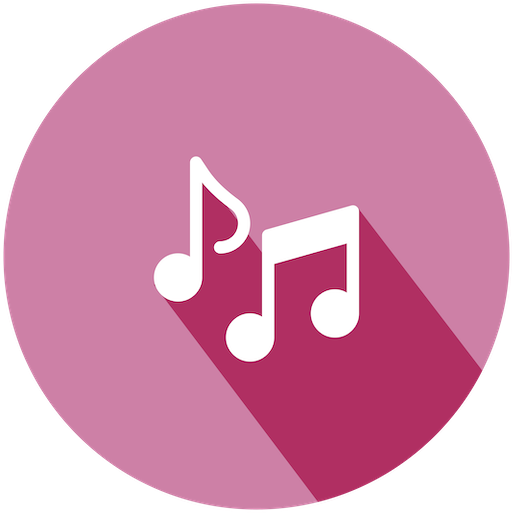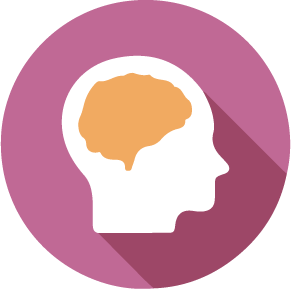The future of music - and advertising: How brain activity seizes the hit-potential of new music.
Relevant topics Research, Archive
Would you have recognized the hit-potential of Dua Lipa before it was cool? Or Drake?
Most probably, you won’t. As you know, there’s a lot of money going round in the music industry. But the question remains how much is invested efficiently, as this can only be addressed when the song is a few weeks in the air. But what if we would have the power to predict what song will be in the charts for weeks, which everyone will be humming and thus which song is the blockbuster of the month and the cash cow of the record label?
Recent research by Unravel Research has done exactly this. But first, let’s explain the theory behind the story.
Rewind to ten years ago.
A researcher called Berns and his colleagues (2010) had put some respondents in the brain scanner in order to measure the social influence on their preferences of relatively unknown songs. A year later, some of the previously unknown songs were suddenly played on the radio; while others were not. This got them back to the dataset in order to see whether they could have seen this coming from their initial measurements on the brain activity in the fMRI.
And they did! More specifically, the explicit statements of respondents didn’t have any predictive values in terms of popularity, moreover brain activity turned out to be an excellent predictor of the music's popularity!
However, almost ten years later there’s still no sign of a scientific forecasting of music popularity or any record label that makes decisions based on neuroscience. Why is that?
Of course, a lot has changed since the research of Berns and Moore (2012). Especially, since they were able to evaluate music popularity based on the number of records sold. Do you even remember the last time you went to buy a physical copy of music?
From physical to digital
The time gap between the seminal Berns and Moore study and today has essentially marked the rise of digital streaming platforms such as Spotify, whereby the music industry basically had to reinvent itself. Production and distribution costs diminished and therewith the battle for attention has only just started. Since digital streaming lowers the boundaries for distributing music, suddenly even smaller labels and lesser known artists could be explored without additional costs.
Thereby the possibilities of digital streaming have broadened the musical interest of the public and the opportunities for starting artists.
Can neuro predict digital music streaming?
The power of neuromarketing in forecasting popularity in the entertainment industry has already been explained in this previous article on New Neuromarketing. Besides the previously discussed music study, there have been - quite an amount of - studies that forecasted the popularity of movies based on neural activity during their trailers.
A frequently used metric within these predictive studies is the similarity of brain activity between respondents while watching the trailer. This metric is called neural synchrony and is related to – among others – box-office revenues and the success of package designs. A previous article explains everything about neural synchrony and its applications; the baseline is that the similarity of brain responses between respondents is indicative of successful communication and thereby predictive of popularity among a larger audience!
A new study by Unravel Research has jumped into this cutting-edge metric of neuromarketing and entertainment, by evaluating what no one had done before: the predictive power of EEG-based neural similarity on music popularity on a digital streaming platform.
And indeed, digital streaming popularity could be significantly predicted by neural similarity and its predictive value far exceeded subjective ratings of the respondents. Thus, the similarity in brain activity between respondents is highly predictable for group level popularity (40.4%). Especially when a song is released as a single, the predictive value is even higher (61.91%)
Why can’t I?
The fact that individual opinion is not reliably predicting population preferences was already shown when Eminem won the 2017 EMA’s just because his performance was the last performance before the voting started. To overcome this and many other biases that underlie explicit survey answers, a more accurate measure was needed.
Neural sSynchrony provides just that. Now that it’s shown how this metric might change the music industry by enabling them for efficient marketing budget distribution, promoting the right song as a single, and just hitting the charts right from week one!
The relevance of our finding lies not only in the predictive power itself, but essentially in the fact that previous research worked on fMRI measurements. On a special note, most often fMRI research will cost up to six digits, while the price tag for EEG is affordable below $10.000. This broadens the audience that can access neuromarketing tools and thereby this methodology will be open for anyone to use.
And you get a neuromarketing insight!
Thus, with the validation of neural synchrony as a metric for popularity that works both with EEG and fMRI, the neuromarketing toolbox has been enriched once again.
And so have you! Because it is shown that this metric is also predictive for the success of packaging and TV commercials, you as a marketer might thereby benefit from this insight! Increase your marketing success by surpassing the method of explicit surveys and really focusing on the real decision center of the consumer: the brain.
As we showed that the brain activity within a small sample of 20 respondents can be indicative of emotional experiences with a larger audience, this evenly holds for the population wide product preferences of your brand!
Further Reading
-
How Neuroimaging Can Save the Entertainment Industry Millions of Dollars
Wow. Just wow.
Let me share two experiments that have changed my view on the power of brain imaging forever.
Can your brain predict who will be the next Lady Gaga?


